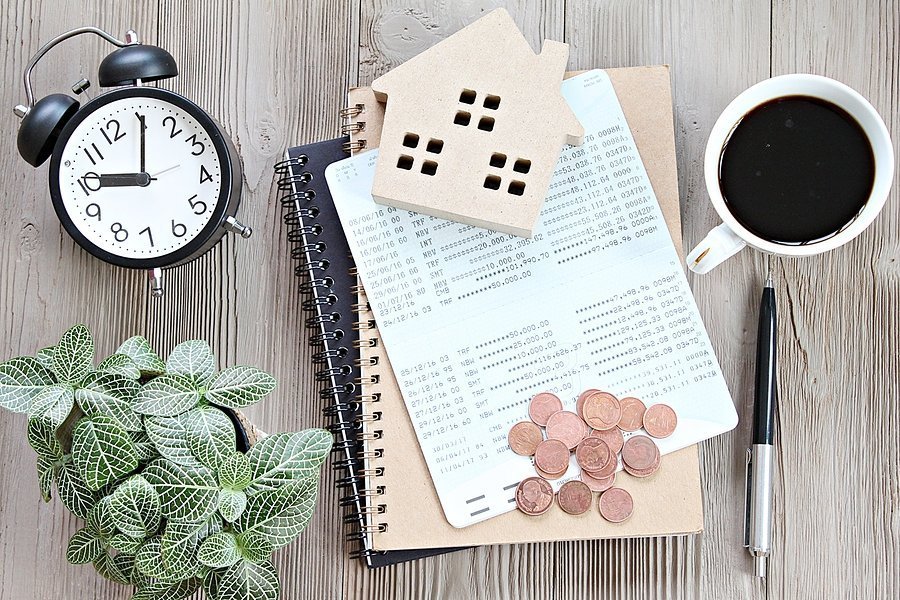Buying a rental property is a significant investment that can provide an excellent return. The idea is that your renters will pay off large chunks of your mortgage, leaving you with equity.
Your investment will take some work, however, because rental property maintenance will cost you in terms of time and money over the years you own the home or apartment. The maintenance of your properties could involve making repairs, cleaning the home between renters, buying new appliances, and painting the interior and exterior.
Proper maintenance of a property helps it retain its value and makes it a more attractive location for renters to consider. Rental property maintenance can be a lot of work, but it also improves the quality of your investment and helps you develop a positive relationship with your tenants. This guide will take you through the importance of maintaining your rental property and provide tips on how you can maximize your efforts.
Why Rental Property Maintenance Is Important
You must complete the necessary rental property maintenance regularly to make sure you address everything that requires attention. This maintenance is not only good for your tenants, but it can also maximize your ROI. Here are a few reasons to do it well:
Property Value
The main reason to maintain your rental property, of course, is to help it keep its value. A well-cared-for home will hold its value, ensuring you get maximum profits for it if the time comes to sell. You can also rent your well-kept home for more money, providing an immediate return on your investment.
Happy Tenants
Maintaining your rental property can help keep your renters satisfied. Anyone who leases your home or apartment will want to be comfortable, and keeping the property in good shape is the best way to achieve that. Happy tenants are also likely to stay longer, leaving you with fewer vacancies to fill.
Legal Considerations
You have a legal responsibility to maintain your property. Putting your tenants or their guests in harm’s way because of a poorly maintained home could lead to lawsuits that eat away at the return on your investment. Ensuring that all appliances, stairs, and structures are safe makes it less likely that you’ll experience issues in the future.
Knowing why rental property maintenance is essential can be a motivating factor, pushing you to get it done. Learning more about this process makes it easier to develop a maintenance plan that fits your schedule.
6 Tips for Optimizing Your Rental Property Maintenance Efforts
You know that maintaining your rental property is necessary, but what does it take, and what are the top priorities? These tips can guide you in the right direction, making it less likely that you forget anything along the way:
1. Check for Water Damage
Have a look around the entire rental property for water damage. It’s crucial to check under the water heater, around the toilets, and near any other plumbing fixtures that could leak. Diagnosing the cause of the water damage early in the process could save you from significant repairs later.
2. Call an Exterminator
Periodically calling in an exterminator can save you a lot of hassle. It might seem like a waste of money to hire one of these service providers if you don’t have a visible problem, but early detection could save you from an infestation. An inspection won’t cost you a lot and will provide peace of mind, especially if you live in an area where termites and vermin are common.
3.Change the Filters
You should replace your furnace filters about once every six months. These filters catch airborne particles before they move through your vents, but the captured dust and debris end up clogging them. A highly clogged filter could be a fire risk, so changing them out regularly is a priority.
4. Test the Smoke Detectors
A simple yet effective property maintenance job involves testing all smoke and carbon monoxide detectors in the house and replacing the batteries if necessary. Taking care of this job makes the home far safer and could prevent legal problems in the future.
5. Do a Thorough Cleaning
Make sure you thoroughly clean the property inside and out between tenants. It doesn’t take long for dust and dirt to accumulate, and leaving it for extended periods can worsen the problem. You might find it advantageous to hire a cleaning crew between tenants if you find yourself in a time crunch.
6. Be Available for Requests
One of the worst calls you can receive as a landlord is from a tenant informing you of an emergency. You must be available to take that call and source the necessary assistance. Getting an emergency repair company on the job can limit property damage and ensure that a professional handles the issues.
Rental property maintenance is a lot of work, but you can prevent yourself from getting overwhelmed by staying proactive and handling jobs on a regular timeline. Creating a schedule means you aren’t left scrambling to complete all these tasks between tenants, reducing stress as you attempt to keep your rental in optimal condition.
Contact a Rental Property Management Expert
Rental properties are a lot of work, and maintaining them can eat away at your free time, making you wonder if you’ve made the best investment. Nomadic Real Estate has a skilled property management team to handle all aspects of your rental assets, including their 24/7 maintenance.
Nomadic Real Estate offers property management services in the Washington, D.C., area. Our team will market your property, screen applicants, create a lease agreement, coordinate move-ins, develop a healthy relationship with your tenants, collect rent, and handle any maintenance requests that arise. Contact us today for a free quote or to speak with a property management expert.



































